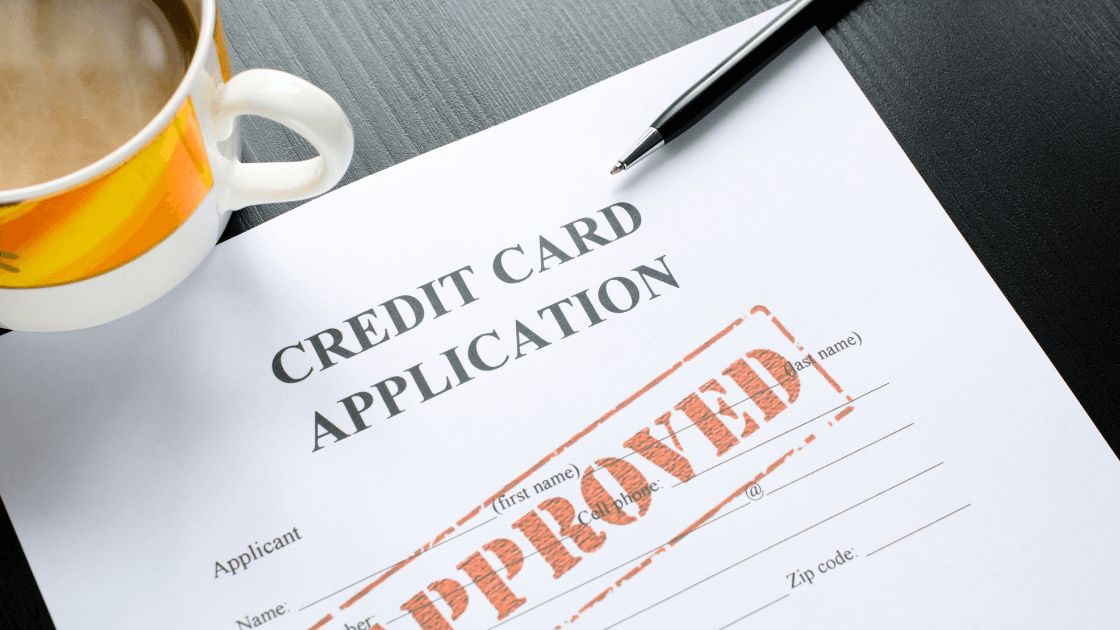
Cards
•04 min read

Imagine planning a major purchase and feeling uncertain about how to manage your spending with a credit card. When used wisely, your credit card is not just a payment tool but also a strategic part of your financial planning. By understanding your card's credit limit and using smart strategies, you can keep your finances healthy, avoid penalties, and even work towards improved credit scores.
A credit card limit is the maximum amount you can spend on your card. This limit is set by the card issuer based on factors such as your income, credit score, repayment history, and the time you have maintained a relationship with them. It is important to note that there are two types of limits to keep an eye on: the total credit limit and the available credit limit. Your available credit is the amount left after subtracting any outstanding balance from your total limit.
Understanding your credit card limit is pivotal in planning your expenses and maintaining a strong credit profile. When you use a major part of your available credit, it affects your credit utilization ratio—the percentage of your total credit that you are currently using. A lower ratio, ideally below 30%, signals healthy credit usage and can boost your credit score over time. However, if you exceed your credit limit, your transactions might still go through, but you could incur an over-limit fee and face other penalties. This makes it crucial to know and respect your limits.
To manage your spending effectively within your credit limit, it helps to monitor your expenses closely. Some simple strategies include:
- Tracking your spending using budgeting apps or your credit card’s reporting tools. - Setting alerts for when your spending nears the limit so you can adjust your usage. - Using a mix of cards wisely to spread out expenses without overburdening one card.
By prioritizing essential purchases over discretionary spending, you can ensure that your credit plays a supportive role in your financial life. For example, if you have a credit card limit for a ₹30,000 salary, it’s best to plan purchases carefully and avoid impulsive spending.
Sometimes you might face a situation such as, "my credit card limit is 30k and I want to buy a laptop priced at 46k. How can I buy?" In situations like these, consider the following approaches:
- Splitting Payments: If possible, divide the cost across more than one card to avoid hitting a single card’s limit. - Using EMIs: Many cards offer the option to convert large purchases into Equated Monthly Installments, which break down the cost into manageable payments. Remember that while EMIs can ease short-term financial pressure, it is important to check the applicable interest rates as these are applied to the principal amount. - Temporary Limit Increases: You might request a temporary increase in your limit. Many cardholders have found that demonstrating consistent repayment behavior can improve the chances of such increases.

In addition to the overall credit limit, many credit cards impose daily transaction limits. This means you may not be able to perform all desired transactions in a single day if the cumulative amount exceeds this daily cap. Planning your spending in advance can help ensure that you do not run afoul of these daily limits and disrupt your day-to-day financial activities.
If you feel that your current limit restricts your financial activities, you can request an increase. Steps for a credit limit increase typically include:
- Contacting your card issuer through their website or mobile app for an online request. - Demonstrating a good repayment history and a favorable credit score. - Presenting any documented increase in income if the option is available.
A higher credit limit can offer more spending flexibility and may even help your credit score, provided you maintain a low credit utilization ratio. However, it comes with its risks. A higher limit could tempt you to overspend, which might lead to debt accumulation and a potential negative impact on your credit score if not managed responsibly.
Besides directly increasing your credit card limit, consider options such as acquiring supplementary cards or, in some cases, exploring personal loans for specific large purchases. These alternatives provide additional spending capacity without solely relying on a single credit limit enhancement.
Using too much of your available credit not only increases the risk of accumulating debt but can also have a negative effect on your credit score. To minimize this risk, aim to keep your transaction amounts well within your set limits and consider spreading expenses across multiple cards.
-ed507771-df04-4fb3-9af5-bae11cb611a6.png&w=3840&q=75)
Late or missed payments can hurt your credit score and impact your ability to request limit increases. Setting up auto-debit or reminders can help ensure your payments are made on time.
Make sure you understand the details provided in your credit card’s terms and conditions. For example, it is important not to assume that your credit limit resets each month automatically. Contact customer support for any clarification to avoid costly mistakes.
Banks determine your credit card limit based on factors like your income, credit score, repayment history, and the duration of your relationship with the issuer.
Yes, many issuers provide an online process to request a credit limit increase, making it convenient to manage your card digitally.
The maximum limit can vary widely and is subject to individual financial profiles and issuer policies. Premium cards sometimes feature limits in the higher range.
Exceeding your limit may lead to declined transactions, over-limit fees, and potential penalties, so it is important to manage your spending carefully.
A responsible increase can improve your credit score by lowering your overall credit utilization ratio, provided you continue to make timely payments.
By understanding credit card limits, you can take charge of your finances effectively. Responsible credit management involves not only staying within your set limits but also planning for large purchases and making sure you fully understand the terms and conditions of your card. Simple strategies like tracking your expenses, considering EMIs for higher-cost purchases, and requesting limit increases when necessary can all contribute to maintaining a healthy financial standing.
This approach to managing your credit supports a positive financial profile and paves the way for smarter spending choices. By embracing these strategies, you can enjoy the convenience and rewards offered by solutions like the Tata Neu HDFC Bank Credit Card while steering clear of potential pitfalls. Remember, a well-managed credit limit is a cornerstone of financial success.